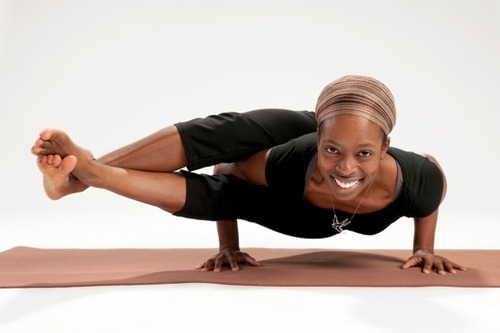Miss my morning latte. My sweet husbands gets up and says, “I’ll let you know when the coffee is ready.” He leans over to kiss me and leaves the room. I roll over and catch a few more minutes of sleep. Sometimes I get up. Just like that. I rise up, put on my robe and slippers and head to the bathroom. Rod Stryker said, “Life is the movement from the bedroom, to the bathroom, to the kitchen, to the bathroom and back to the bed.” Pretty much sums it up. We eat, poop and sleep, something like that.
So what motivates us to fill the time in between sleeping, eating and defecating? Even our ancestors, the cave men, had time on their hands otherwise we would not have seen the evolution of technology over the centuries. They created tools that moved us from the Stone Age into Bronze Age and forward to the Iron each of which is distinguished by the development of technology. What motivated them to sit down and play with the materials they had at hand, to create something from seemingly nothing? Isn’t that what we as writers do every time we sit down at our computers or our notebooks?
As a yoga teacher, I have prepared for classes in a multitude of ways. I have written out class plans some based on the anatomy of the practice, others on philosophical themes, sutras, ancient teachings, mantras, still others on a what we in the yoga world call a “peak” poses, sequencing the class specifically to help the students successfully do a more challenging pose like ashtavakrasana.
What I have found is that I do my best teaching with no plan at all. If I do my personal asana practice, if I meditate, and empty my cup coming to the studio with an open mind and open heart, the teachings flow through me. I sit with the students as class begins, eyes closed, breathing and I silently say, “Please let what I teach tonight be what these students need at this time.” And it works. I am a channel, a portal, I disseminate and create from what I know, what I have learned and what lies beyond understanding.
So do you suppose the cave man sat down one day at the fire and said to himself, “I need to figure out a better way to get wood for my fire. I have learned how to make fire by placing a leaf in the sun, by rubbing two sticks together, but now I need more wood to make a bigger, longer lasting fire.” He had to be curious. He had to recognize a need and believe that there was a solution. He trusted his instincts. He was observant. In searching for materials to make a tool for wood cutting, this man or woman had to understand what a sharp object was and how it could be used. Perhaps he started with a rough edged rock binding it to a sturdy stick with a vine. “Looks pretty good,” he thinks. He walks to the nearest tree and tries to chop off a limb. The tree is alive so the branch is fibrous. He cannot easily cut through it. When he does manage to get it down,he throws it into his fire only to discover that a green limb does not burn well. It smokes and smolders and gives off little heat. Now what? He remembers the wood he has used he collected off the ground. It is dead wood. Light bulb! “I need to find a dead tree and chop branches off of it.” And so it goes. Bigger tools for bigger jobs, using fire to make more durable materials out of what he finds. Bonding one thing to another, melting, crafting, making molds, until one day there is bronze and now this man who started with nothing can break rock and build specific structures shaped for his particular needs. When his needs are met, he becomes more creative, making things of beauty, embellishing what he makes with other found objects, pieces of shiny rock…. Now he has jewelry to wear and to offer in trade for things others have learned to make.
Whole communities are established out of the need for shelter and food and as men and women come together they share ideas. The ability to create and build is enhanced by common interests, needs and the innate desire to be creative, to ornament, decorate and beautify everyday objects. Out of nothing comes a work of art, an expression of the soul’s desire to expand beyond its limits. This is the basic principle of Tantric Yoga. All of life longs to thrive, has the potential to overcome obstacles, to stretch beyond limitations, to pulse energetically with the wave of creation referred to in Tantra as Spanda. In the ancient language of Sanskrit, the definition of Spanda is the vibration, the creative pulsation of the universe; the sacred vibration that exists within us. Spanda is a quivering, a palpitation, a throbbing, a quickening that moves us from one place to a better place, to a place where we understand more, where we innovate, we are more capable of using our innate gifts to create something out of seemingly nothing.
Words on a page, the discovery of quarks, telescopes to see beyond the stars, satellites that float in space able to track our every move, cell phones, and computers, all created in the space between the time we eat, sleep and poop. It all started with a stick and a rock or maybe a leaf and two sticks. Pretty cool.

